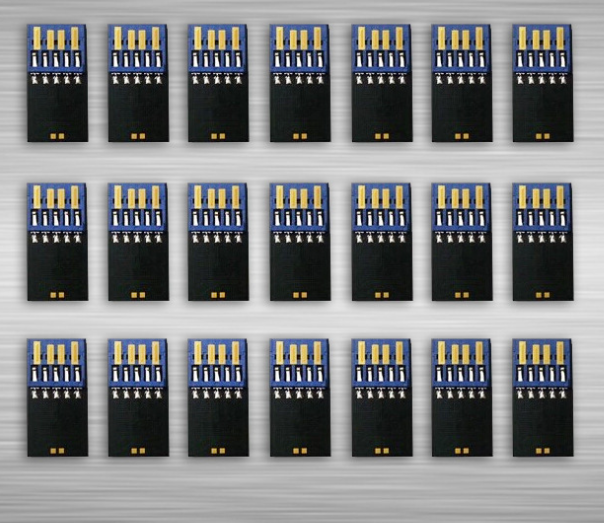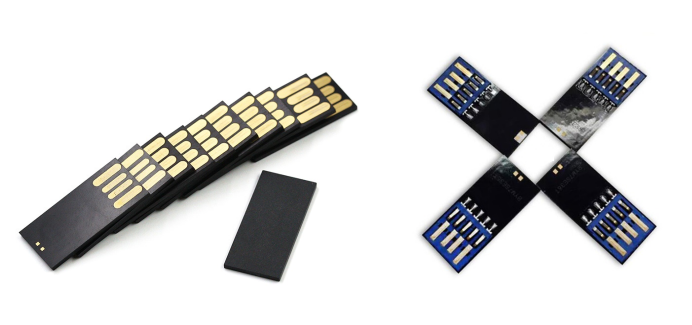USB 2.0 vs. 3.0: Which Is Right for You?
2023 - Feb - 24 Ulrica
USB devices are ubiquitous in our day-to-day lives. Whether it be charging your phone, uploading photos with a USB flash drive, or swapping out peripherals on your computer at work, you're most likely relatively familiar with the USB connector and port. But did you know that, while they all may look pretty much the same, there are actually different generations of this type of plug which may affect performance? In this guide, we'll go over two of the most popular ones at the moment -- USB 2.0 and USB 3.0.USB 2.0 vs. 3.0: Speed and More
As we already covered, data transfer rates are a key differentiator between these two generations. But speed isn't the only thing that separates these technologies. They also differ in design and a few other ways.Speed -- USB 2.0 offers a transfer rate of about 480 Mbps, whereas USB 3.0 offers a transfer rate of about 4,800 Mbps. This super-fast transfer speed of USB 3.0 can be especially useful when backing up or transferring large amounts of data, such as an external hard drive. (It should be noted that these are the maximum speeds reflecting 'perfect' conditions, actual speeds will be lower.)
Connector Wires -- USB 2.0 has four connector wires, whereas USB 3.0 has nine, which increases speed and bandwidth.
Power Output and Efficiency -- USB 3.0 brings more power and operates at improved power efficiency than its older counterpart.
Backward Compatibility -- USB 3.0 ports are also totally backward compatible, which means they will work with other USB versions, including 2.0. This means that when you plug a USB 2.0 drive into a 3.0 port, it will work. However, if you plug a USB 3.0 drive into a USB 2.0 port, it will be limited to the max speed of USB 2.0.
Interior Color -- To tell the difference between these two technologies with a quick glance, look for a black or blue block inside the port. The black interior indicates USB 2.0, while the blue one indicates 3.0.

So Which Is Best, USB 2.0 or USB 3.0?
It's safe to say USB 3.0 out performs USB 2.0 in every category that matters. However, it may come at a price. As you might expect, you will pay more for USB 3.0 devices than USB 2.0 devices, so it's important to figure out if you actually need the faster option for your specific application. If you're not working with a huge amount of data, there's no reason to pay extra for the faster speeds. For example, if you're ordering custom USB drives as promotional giveaways or to share a few files with employees, you may decide to prioritize budget over speed. However, USB drives for photographers are usually USB 3.0, as transferring hundreds of high-resolution images on a USB 2.0 drive would be a painstaking task.Still not sure which type of USB drive to choose? USB Memory Direct is always here to help you make the right decision for your needs and budget.




